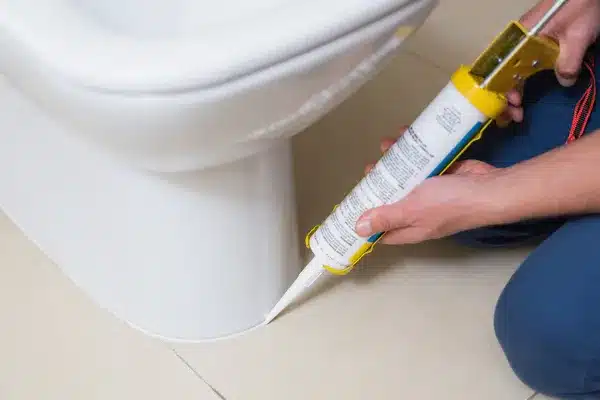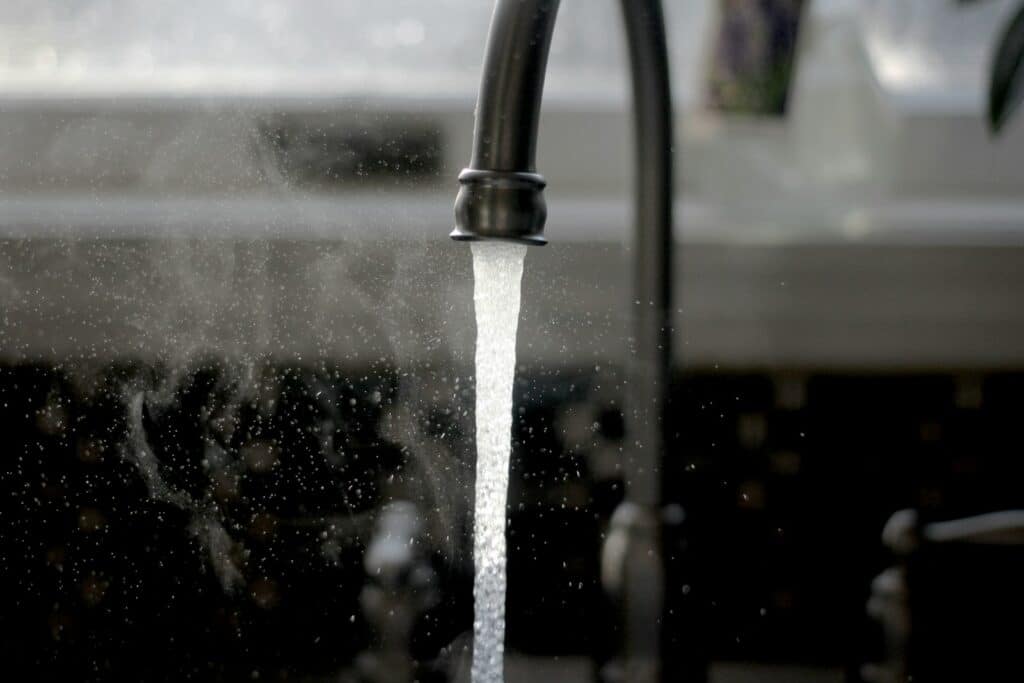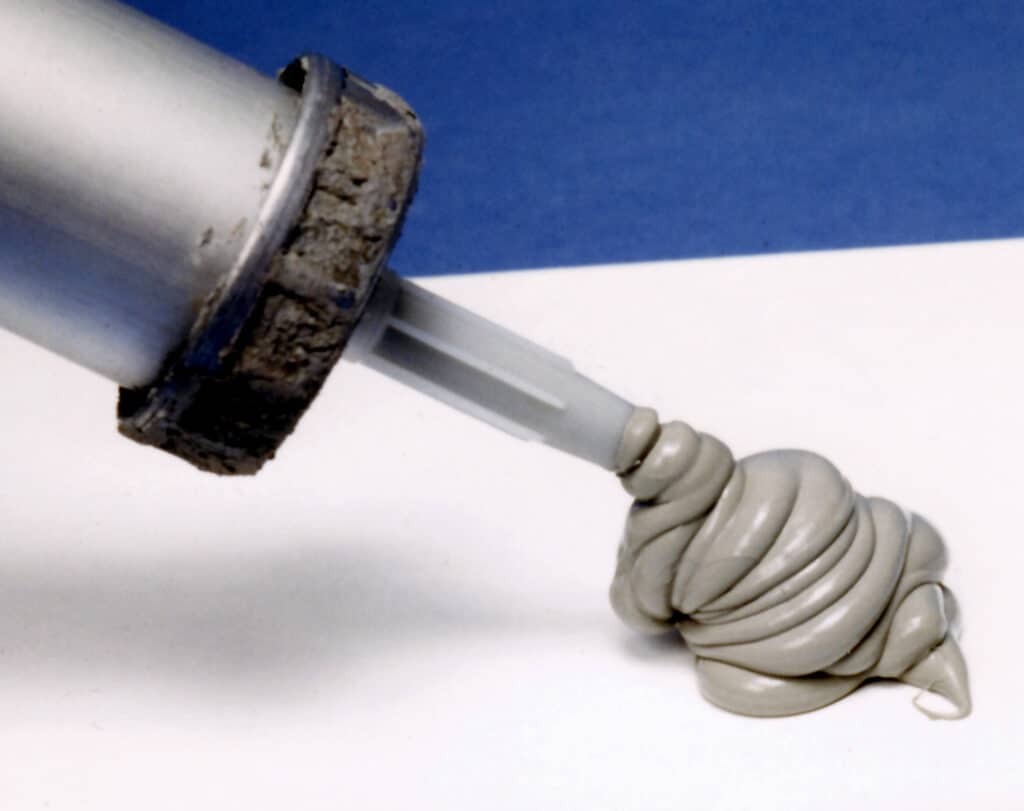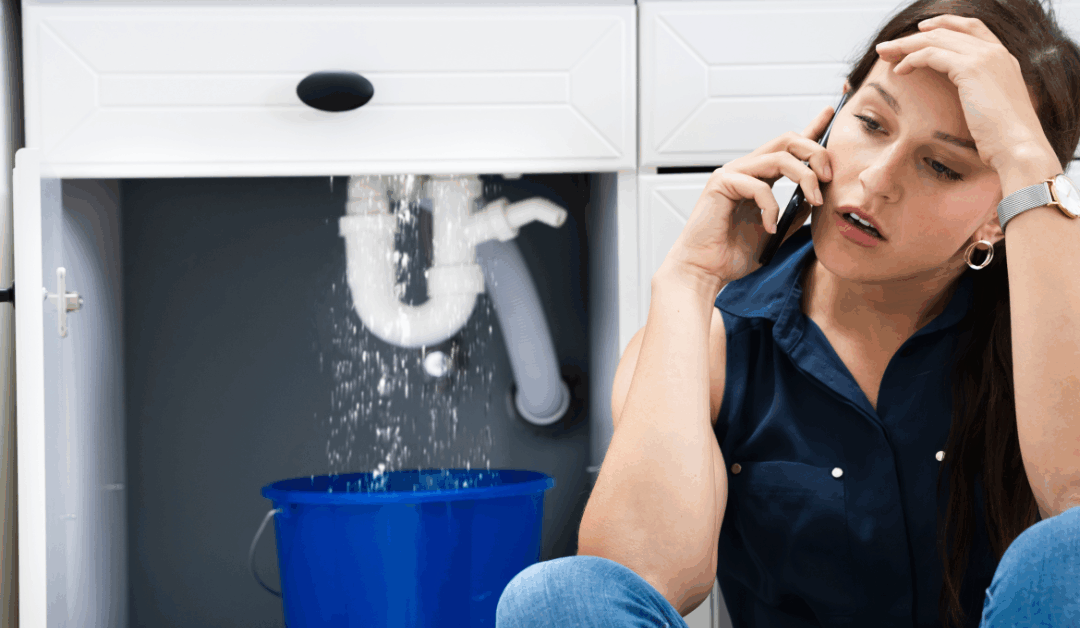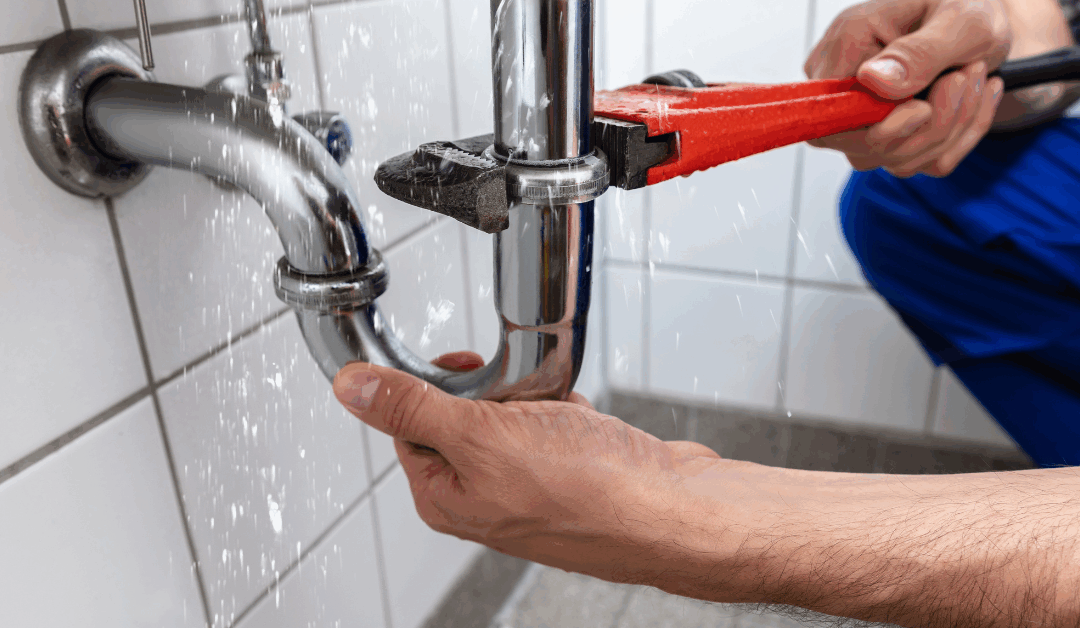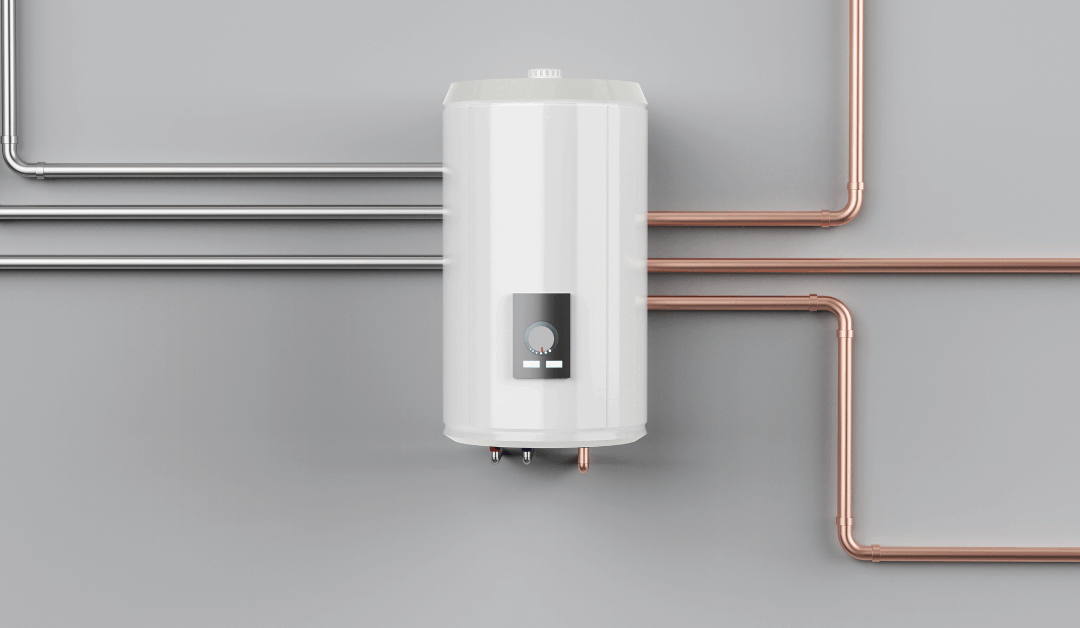Learn when to use plumbers putty or silicone caulk for plumbing. Discover how to seal tub drains, shower fixtures, and more for leak-free installs.
When it comes to completing plumbing projects and repairs, knowing the right materials to use is critical for success. Two of the most common sealants used by professionals and DIY enthusiasts alike are plumber’s putty and silicone caulk.
While both play an important role in creating watertight seals and ensuring long-lasting installations, understanding when and where to use them can make all the difference.
Schedule Service Online
Get a free estimate so you know what you're signing up for
"*" indicates required fields
For Emergency Services Call: 410-255-9300
Whether you’re setting up new plumbing fixtures, sealing tub drains, or dealing with leaky toilets, this guide will walk you through the key differences and practical applications of plumber’s putty and silicone caulk. By the end, you’ll feel confident in your choice of sealant for nearly any plumbing application.
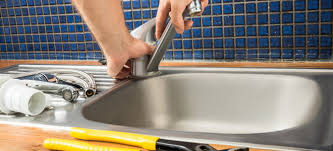
What is Plumber’s Putty?
Plumber’s putty is a versatile and widely-used sealant in plumbing applications. It is a soft, pliable substance that is primarily used to create watertight seals around various plumbing fixtures and surfaces. Composed of a combination of mineral fillers, linseed oil, and other binders, plumber’s putty is known for its flexibility and ease of use.
One of the key characteristics of plumber’s putty is its ability to remain soft and flexible over time, which makes it an ideal choice for applications that may require future disassembly or reinstallation. It can be easily molded and shaped to fit around pipes, faucets, drains, and other plumbing components, ensuring a tight and durable seal.
Plumber’s putty is commonly used for a variety of plumbing tasks, including sealing sink drains, attaching sink strainers, and setting toilet bases. Its water-resistant properties make it effective for use in wet areas such as kitchens and bathrooms, preventing leaks and water damage.
It’s important to note that plumber’s putty should not be used in applications where it will be exposed to high water pressure, as it is not designed to withstand such conditions. In those cases, a different type of sealant, such as silicone caulk, may be more suitable.
Overall, plumber’s putty is a reliable and essential tool in the plumber’s arsenal, providing a long-lasting and effective solution for creating watertight seals in various plumbing installations.
- Composition: Typically made from a blend of clay and oils, plumber’s putty is easy to mold and shape.
- Dry Time: Unlike other sealants, it does not harden or cure, which allows for easy removal or adjustments if necessary.
Common Uses:
- Sealing the underside of sink basket strainers.
- Creating tight seals for pop-up drains.
- Setting up faucets, shower drains, and other plumbing fixtures.
- Preventing water leaks around tub or sink installations
Plumber’s putty shouldn’t be used on surfaces like marble, acrylic, or plastics, as its oil content can cause staining or degradation over time.
Pros and Cons of Plumber’s Putty
Plumber’s putty offers several advantages as a sealing material in plumbing applications, but it also has some limitations that should be considered. Here are the pros and cons of using plumber’s putty:
Pros:
- Easy to Use: Plumber’s putty is pliable and easy to work with, making it convenient for creating watertight seals around various plumbing fixtures and components.
- Flexible and Moldable: The putty can be easily shaped and molded to fit around pipes, drains, faucets, and other irregularly shaped surfaces, ensuring a tight and secure seal.
- Effective Water Resistance: Plumber’s putty is resistant to water, preventing leaks and water damage in areas like kitchens and bathrooms where moisture is present.
- Non-Drying and Reusable: Unlike some other types of sealants, plumber’s putty does not dry out or harden over time, allowing for easy disassembly and reinstallation if needed.
- Good for Non-Pressurized Applications: It works well in non-pressurized plumbing installations, such as setting toilet bases or attaching sink strainers.
Cons:
- Not Suitable for High Water Pressure: Plumber’s putty is not designed to withstand high water pressure, making it unsuitable for applications where the sealant will be exposed to significant water force. In such cases, using a different type of sealant like silicone caulk is recommended.
- Limited Adhesive Properties: While it provides an effective seal against water, plumber’s putty does not have strong adhesive properties. It relies on the pressure of the tightened plumbing fixture to maintain the seal, so it may not be suitable for situations where extra adhesion is required.
- Potential Staining: Plumber’s putty can leave stains or discoloration on certain surfaces, such as marble or porous materials. It’s important to test the putty on a small, inconspicuous area before applying it to ensure compatibility.
Considering these pros and cons will help you determine whether plumber’s putty is the right choice for your specific plumbing needs.
What is Silicone Caulk?
Silicone caulk, on the other hand, is a rubber-like, adhesive sealant that hardens upon curing. It creates a durable, watertight bond and is suitable for both pressurized and non-pressurized plumbing applications. Silicone caulk is often used in situations where a tougher and more adhesive seal is required.
Composition: Made from siliconized polymers, which harden when exposed to air (for standard silicone caulk) or moisture (for siliconized caulk).
Dry Time: Requires several hours to fully cure, often up to 24 hours depending on the material.
Common Uses:
- Sealing around tubs, showers, sinks, and faucets.
- Securing plumbing fixtures to prevent leaks.
- Repairing cracks or gaps in ceramic and finished floors.
Plumber’s putty remains soft and easy to remove, while silicone dries completely hard and is more difficult to remove.
Silicone caulk comes in both clear and colored varieties, making it versatile for both aesthetic and functional purposes in a house or bathroom setting.
Pros of Silicone Caulk
- Strong adhesive properties.
- Waterproof once cured.
- Does not stain materials like marble, acrylic, or plastics.
Cons of Silicone Caulk
- Requires time to cure, which could delay installation or repair.
- Difficult to remove once applied.
- Less reusable compared to plumber’s putty.
Plumber’s Putty vs. Silicone Caulk – When to Use Each
When to Use Plumber’s Putty:
- sink Basket Strainers: Plumber’s putty is perfect for sealing the underside of sink basket strainers without bonding permanently.
- Pop-Up Drains and Tub Drains: Its ability to form a soft watertight seal makes it ideal for these applications.
- Setting Faucets and Bowls: The pliability of plumber’s putty allows for a snug yet temporary seal during installation.
- Scenarios Requiring Adjustments: Because it remains soft, plumber’s putty is great for scenarios where fixtures may need to be repositioned or reinstalled.
When to Use Silicone Caulk:
- Sealing Around Bathtubs and Showers: Silicone caulk’s durability and adhesiveness make it the top choice for preventing leaks in heavily exposed areas.
- Plumbing Fixtures on Non-Porous Surfaces: Silicone caulk is safe for use on acrylic, ceramics, plastics, and marble, providing a reliable seal without staining.
- Adhesive Sealing Needs: For situations where fixtures need to be tightly bonded to surfaces, silicone caulk is the better option.
- Permanent Fixes: Once cured, silicone caulk creates a long-lasting, waterproof seal.
![]()
How to Apply Plumber’s Putty and Silicone Caulk Correctly
Step 1: Prepare the Surface
- Clean the area thoroughly, removing any dirt, mold, or old adhesive.
- For plumber’s putty, ensure the surface is dry to allow the putty to adhere effectively.
- For silicone caulk, make sure the surface is dry and grease-free.
Step 2: Apply the Sealant
Using Plumber’s Putty:
- Roll a small amount of putty into a rope-like shape.
- Place the putty rope around the underside of the fixture or sink basket strainer, ensuring coverage of the entire edge.
- Press the fixture into place and tighten as needed.
- Wipe away any excess putty with a damp cloth.
Using Silicone Caulk:
- Cut the nozzle of the caulk tube at a 45-degree angle for better control during application.
- Dispense the caulk evenly along the joint or edge you are sealing.
- Use a caulk finishing tool or your finger to smooth out the bead for a clean and professional finish.
Step 3: Allow for Proper Setting
For plumber’s putty, the seal is effective immediately after tightening.
For silicone caulk, leave the caulk to cure for 24 hours to ensure a fully waterproof bond.
Practical Tips and Tricks for Plumbing Applications
- Avoid Over-Tightening: Over-tightening fixtures after using plumber’s putty can cause the putty to squeeze out, compromising the seal.
- Test for Leaks: After applying either sealant, test the area with water to verify a watertight seal.
- Use the Right Tools: A caulk gun can help apply silicone caulk more evenly. A putty knife or similar tool can assist in molding and removing excess plumber’s putty.
- Store Properly: Keep plumber’s putty in an airtight container to prevent it from drying out. Store silicone caulk in a cool, dry place to extend its shelf life.
Top Plumber’s Putty and Silicone Caulk Products:
- DAP 7079818854 100% Silicone Rubber Sealant Product Link
- Oatey 25105 Hercules Sta-Put Ultra Plumbers Putty Product Link
- Red Devil 0405 Duraguard Kitchen and Bath Siliconized Acrylic Caulk Product Link
- GE Silicone 2+ Kitchen & Bath Caulk Product Link
- Permatex 80050 Clear RTV Silicone Adhesive Sealant Product Link
- Gorilla 100% Silicone Sealant Product Link
Please note that the availability of these products may vary depending on your location. Make sure to visit the respective brand websites for more information and to make a purchase.

MD Sewer And Plumbing provides the plumbers putty when necessary when we and service you!
Choose the Right Sealant for Every Job
Plumber’s putty and silicone caulk both have their strengths, and using the correct one for your specific application will help ensure durable and leak-free plumbing installations. While plumber’s putty works wonders for installations requiring flexibility and easy adjustments, silicone caulk is the go-to for robust, permanent seals.
If you’re still unsure about which sealant to choose or how to apply it effectively, consulting a master plumber or experienced professional can save you time and effort. Remember, the right preparation and materials are key to any successful plumbing project.

